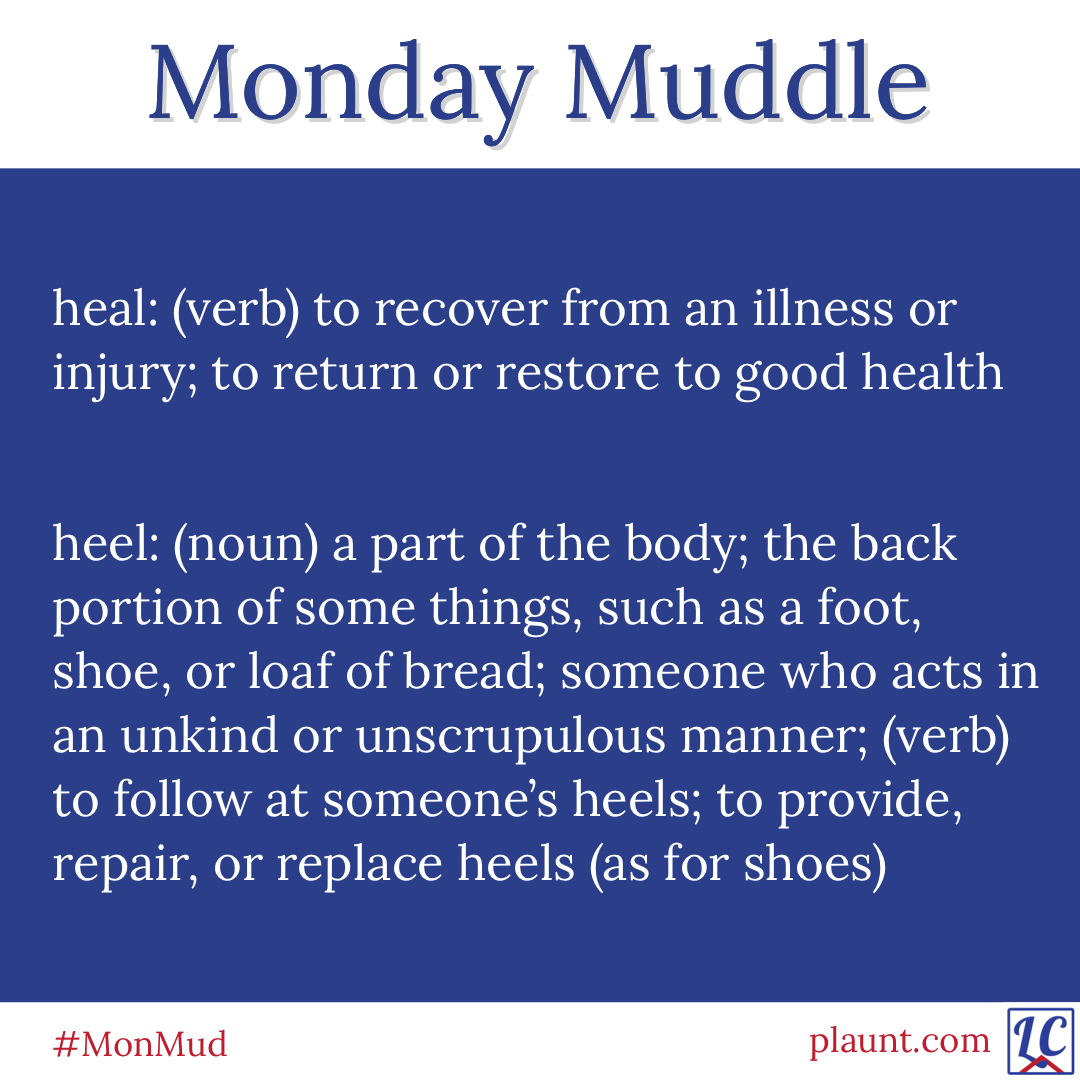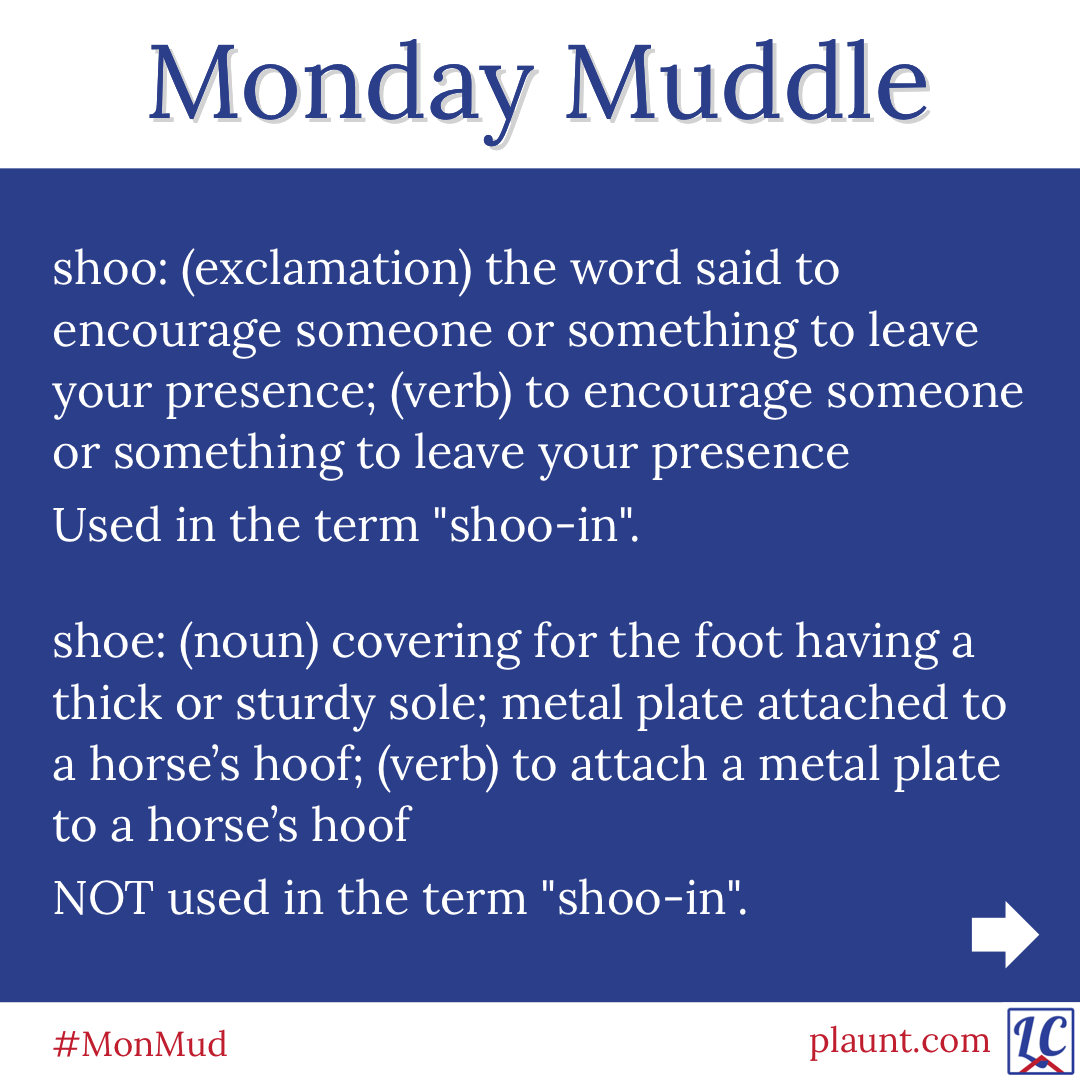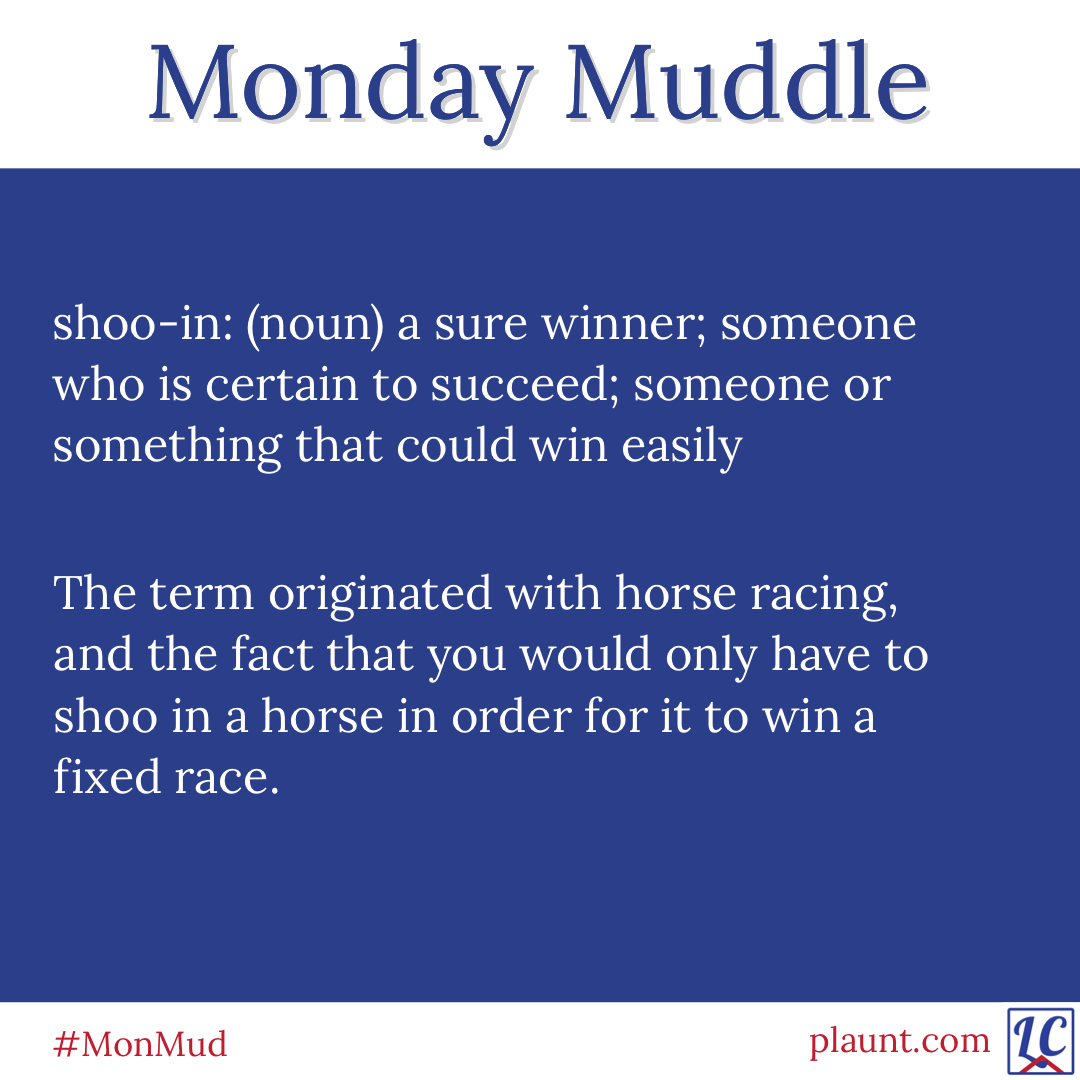
Thursday Thought #MelRobbins



Write a story with only two sentences. Use the photo for inspiration if you wish.
Photo by Ashim D’Silva on Unsplash.




Write a story with only two sentences. Use the photo for inspiration if you wish.
Photo by Colin Lloyd on Unsplash.

The second photo explains why it is shoo-in and not shoe-in. I’m not sure what a shoe-in would be. Maybe a contest entry at a Cinderella ball?



